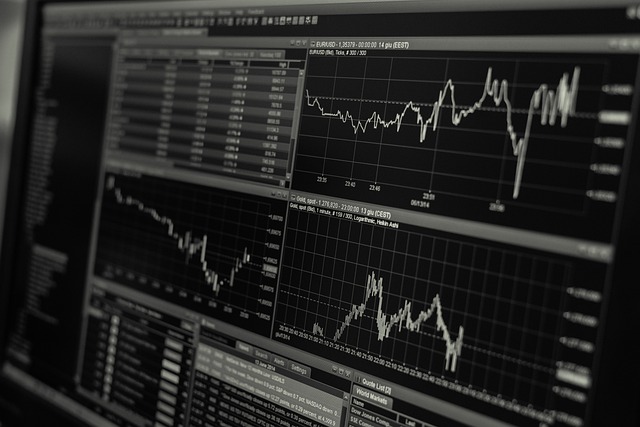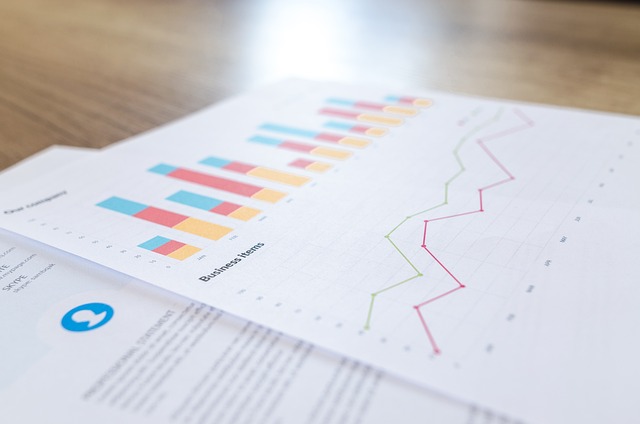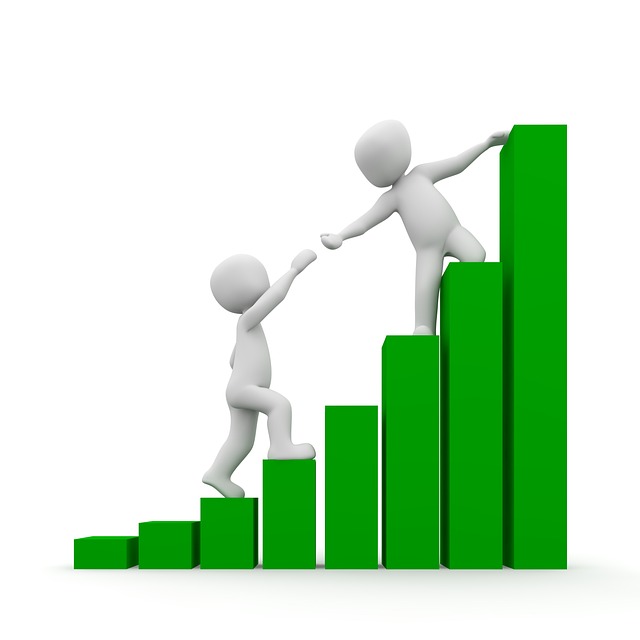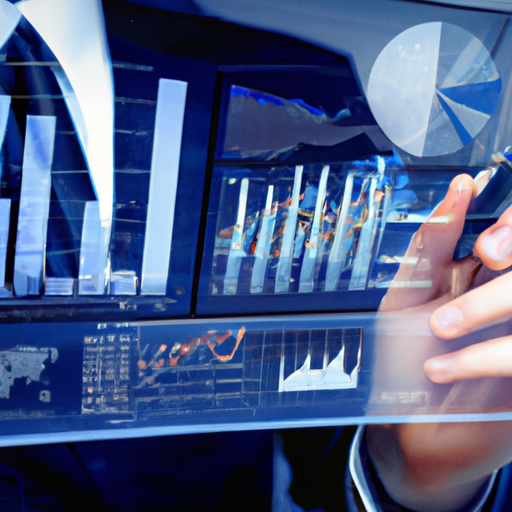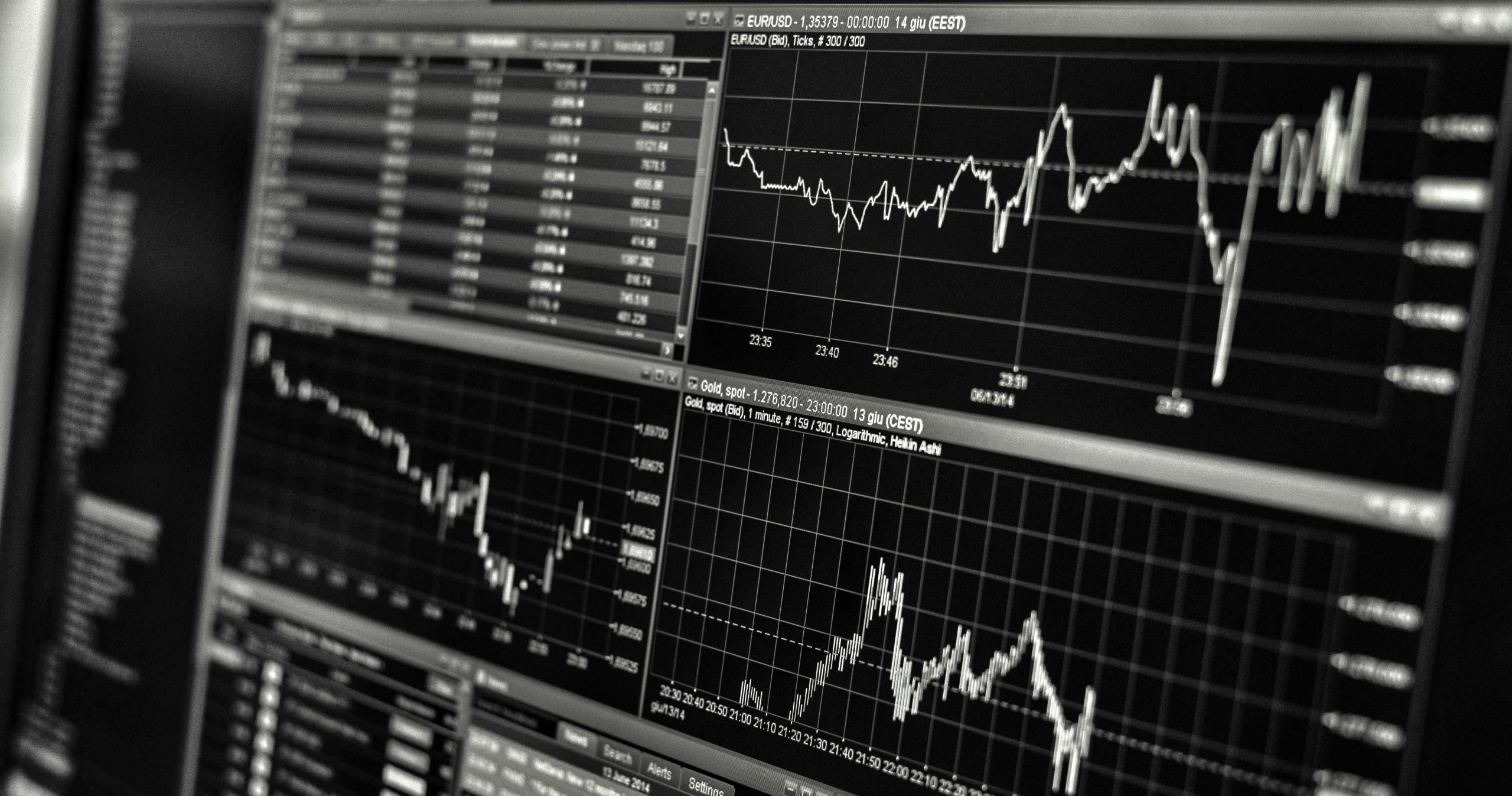
Have you ever wondered how much money you need to start trading? It’s a common question for anyone interested in taking their financial future into their own hands. Well, the answer isn’t as straightforward as you might think. The amount of money you need to start trading really depends on your personal financial situation and goals. But don’t worry, in this article we’ll dive into the details and help you figure out exactly how much you’ll need to get started.
When it comes to trading, there are a few key factors to consider. First, you’ll need to decide what type of trading you want to get into. Are you interested in stocks, cryptocurrencies, forex, or something else entirely? Each type of trading has its own requirements and potential costs. Second, consider your trading strategy. Are you planning to day trade or invest for the long-term? Different strategies require different levels of capital. Finally, think about your risk tolerance. Trading involves risks, and you’ll need to have enough money to withstand potential losses.
In this article, we’ll take a closer look at the costs associated with different types of trading, how much you’ll need to cover commissions and fees, and the importance of having an emergency fund. Whether you’re just getting started or have some experience under your belt, understanding how much money you need to start trading is crucial for your success. So, let’s dive in and explore all the details!
Understanding the Basics of Trading
Trading is the process of buying and selling financial instruments, such as stocks, currencies, commodities, or derivatives, with the aim of making a profit. It involves analyzing market trends, assessing risk, and executing trades based on various strategies. Trading can be done through different methods and platforms, each with its own unique features and requirements.
Different types of trading
There are several types of trading, including day trading, swing trading, and long-term investing. Day trading involves buying and selling stocks or other financial instruments within the same trading day, aiming to take advantage of small price fluctuations. Swing trading, on the other hand, involves holding positions for a few days to a few weeks, capitalizing on short-term price movements. Long-term investing is a more passive approach, where investors hold positions for months or even years, focusing on the long-term potential of their investments.
Key components of trading
Regardless of the trading style or method, there are several key components that every trader must consider. These components include analyzing market trends and patterns, managing risk and reward, and developing a trading plan. By understanding these components and incorporating them into your trading routine, you can increase your chances of success in the markets.
Determining the Initial Investment
Before you embark on your trading journey, it’s important to assess your personal financial situation and determine the amount of money you can afford to invest. This will depend on factors such as your income, expenses, and financial obligations. It’s crucial to have a clear understanding of your financial standing to ensure that your trading activities do not put you in a precarious position.
Assessing personal financial situation
Take stock of your current financial situation by evaluating your income, savings, and debts. Consider your monthly expenses and determine how much disposable income you have available for trading. It’s important to set realistic expectations and avoid investing more money than you can afford to lose. Trading carries a certain level of risk, and it’s vital to only use funds that you can comfortably part with.
Setting financial goals
Once you have a clear understanding of your financial situation, you can start setting financial goals for your trading activities. Determine what you want to achieve with your investments and establish realistic targets. Whether it’s generating additional income, saving for a specific goal, or growing your wealth over time, having clear goals will help you stay focused and make informed decisions.
Exploring different trading strategies
Research and explore different trading strategies to find one that suits your financial goals and risk tolerance. Consider factors such as your time availability, level of expertise, and preferred trading style. Some strategies may require larger initial investments, while others can be executed with smaller amounts. It’s essential to choose a strategy that aligns with your resources and matches your risk profile.
Calculating Trading Costs
Trading involves various costs that can impact your overall returns. Understanding and calculating these costs is essential when determining your initial investment.
Brokerage fees
When trading, you will typically incur brokerage fees, which are charges imposed by brokers for executing your trades. These fees can vary significantly from one brokerage to another, so it’s important to compare different options and choose a brokerage that offers competitive rates. Take into account the number of trades you plan to execute and calculate the potential brokerage costs involved.
Spread and commission expenses
In addition to brokerage fees, many trading platforms charge spread and commission expenses. The spread refers to the difference between the buying and selling prices of a financial instrument, and it represents the cost of trading. Commissions, on the other hand, are flat fees charged by some brokers for each trade executed. Be sure to consider these additional costs when calculating your trading expenses.
Margin requirements
Margin trading allows you to borrow funds from your broker to amplify your trading position. This can significantly increase your potential returns, but it also comes with increased risk. Brokers often require a minimum margin deposit to engage in margin trading. Be aware of the margin requirements of your chosen brokerage and ensure that you have sufficient funds to cover these obligations.
Evaluating Risk and Reward
Before starting any trading activity, it’s important to thoroughly evaluate the potential risks and rewards involved.
Understanding risk management
Managing risk is a crucial aspect of successful trading. It involves implementing strategies and techniques to minimize potential losses. This can include setting stop-loss orders, diversifying your portfolio, and using risk-reward ratios to assess potential trades. By understanding and implementing effective risk management practices, you can safeguard your trading capital and minimize the impact of adverse market movements.
Calculating potential returns
Assessing the potential returns of your trades is equally important. This involves analyzing the profit potential of each trade based on factors such as market conditions, price volatility, and historical price movements. By calculating potential returns, you can evaluate whether a trade is worth the risk and determine if it aligns with your financial goals.
Assessing market volatility
Market volatility refers to the rate at which prices of financial instruments change. Higher volatility can present both opportunities and risks for traders. An overly volatile market can lead to unpredictable price movements, making it difficult to accurately forecast profitable trades. It’s important to assess the level of market volatility and adjust your trading strategy accordingly. Managing your exposure to volatile markets can help minimize potential losses and maximize potential gains.
Starting with a Demo Account
Before committing real money to trading, it’s highly recommended to start with a demo account. A demo account allows you to practice trading with virtual money in a simulated trading environment.
Benefits of practicing with virtual money
A demo account provides a risk-free environment for traders to gain experience and test different strategies without the fear of losing real money. It allows you to familiarize yourself with the trading platform, practice executing trades, and refine your trading strategies. This hands-on experience is invaluable and can significantly improve your trading skills before transitioning to live trading.
Learning the trading platform
Every trading platform has its own unique features and user interfaces. Using a demo account gives you the opportunity to explore and understand the functionalities of your chosen trading platform. This includes placing trades, monitoring market trends, and accessing various technical analysis tools. By becoming proficient in using the trading platform, you will be better equipped to execute trades effectively and efficiently.
Developing trading strategies
A demo account also allows you to test and refine your trading strategies. Experiment with different approaches, analyze their effectiveness, and make necessary adjustments. This iterative process enables you to develop a robust trading plan that suits your trading style and financial goals. Use the demo account as a learning tool to fine-tune your strategies and gain confidence in your trading abilities.
Choosing the Right Brokerage
Selecting the right brokerage is crucial to your trading success. Consider the following factors when choosing a brokerage:
Considering reputation and regulation
Ensure that the brokerage you choose has a solid reputation and is well-regulated. Research the broker’s history, read reviews from other traders, and verify their regulatory status. Regulated brokers adhere to certain industry standards and provide added protection to traders.
Comparing trading platforms
Different trading platforms offer varying features and functionalities. It’s important to compare different platforms and choose one that meets your specific needs. Consider factors such as user experience, technical analysis tools, available markets, and order execution speed. A user-friendly and efficient trading platform can greatly enhance your trading experience.
Evaluating customer support
Good customer support is essential when trading. In case you encounter technical issues or have questions about your trading activities, having access to prompt and helpful customer support can make a significant difference. Evaluate the customer support options provided by the brokerage and ensure that they offer assistance when needed.
Building a Trading Plan
A trading plan is a blueprint that outlines your trading goals, objectives, and strategies. It provides a structured approach to your trading activities and helps you stay disciplined and focused.
Defining trading goals and objectives
Clearly define your trading goals and objectives in your trading plan. Set realistic targets for the amount of profit you aim to generate, the level of risk you are willing to take, and the time commitment you can allocate to trading. Having well-defined goals will help you measure your progress and make informed decisions.
Setting realistic expectations
It’s important to set realistic expectations in your trading plan. Understand that trading involves risks and that not every trade will be profitable. Avoid falling into the trap of chasing unrealistic returns or taking excessive risks. Instead, focus on consistent performance and continuous learning.
Creating a step-by-step plan
A trading plan should include a step-by-step approach to executing trades. This includes criteria for identifying potential trading opportunities, entry and exit strategies, risk management techniques, and guidelines for monitoring and adjusting trades. Having a comprehensive plan in place will help you make objective decisions and minimize emotional biases that can negatively impact your trading.
Implementing the Trading Plan
Once you have developed your trading plan, it’s time to put it into action.
Executing trades
Follow the criteria and guidelines outlined in your trading plan when executing trades. Stick to your predetermined entry and exit strategies, and avoid impulsive or emotional decisions. Discipline and consistency are key to successful trading.
Managing positions and orders
Once you have entered a trade, it’s important to actively manage your positions and orders. This includes monitoring the market, adjusting stop-loss and take-profit levels as needed, and ensuring that your trades align with your risk management strategy. Regularly review your open positions and make necessary adjustments based on market conditions.
Monitoring market trends
Keep a close eye on market trends and developments. Stay up to date with news and economic events that may impact the markets. By staying informed, you can make informed trading decisions and potentially capitalize on market opportunities.
Monitoring and Assessing Performance
Regularly monitor and assess your trading performance to identify strengths, weaknesses, and areas for improvement.
Tracking trades and outcomes
Keep a detailed record of your trades, including entry and exit points, trade size, and outcomes. This will allow you to analyze your trading performance objectively and identify patterns or strategies that may be working better than others. A trading journal is a valuable tool for tracking your progress and making data-driven decisions.
Analyzing trading performance
Review your trading performance regularly and analyze the outcomes of your trades. Assess your win-loss ratio, average returns, and overall profitability. Identify areas where you are performing well and areas for improvement. Use this analysis to refine your trading strategies and further enhance your trading skills.
Making necessary adjustments
Based on your performance analysis, make necessary adjustments to your trading plan and strategies. This may involve modifying your risk management techniques, refining your entry and exit strategies, or exploring new trading opportunities. Continuous learning and adaptation are key to long-term success.
Conclusion
Starting your trading journey requires careful consideration and planning. By understanding the basics of trading, assessing your financial situation, and calculating your trading costs, you can determine how much money you need to start trading. It’s important to start with a realistic investment that you can comfortably afford to lose.
Practicing with a demo account allows you to gain experience and develop your trading skills without risking real money. Choosing the right brokerage, building a trading plan, and implementing it effectively are crucial steps in your trading journey. Regularly monitor and assess your performance, make necessary adjustments, and continuously learn and improve.
Remember, trading is a skill that takes time and practice to master. With the right mindset, discipline, and dedication, you can navigate the markets and work towards achieving your financial goals.
